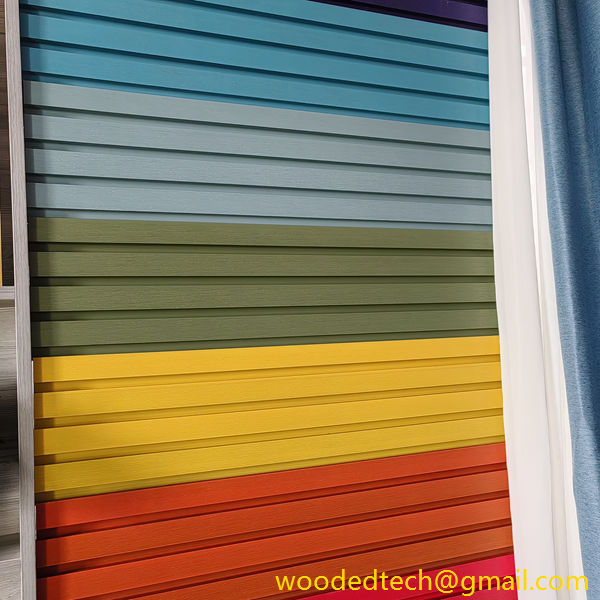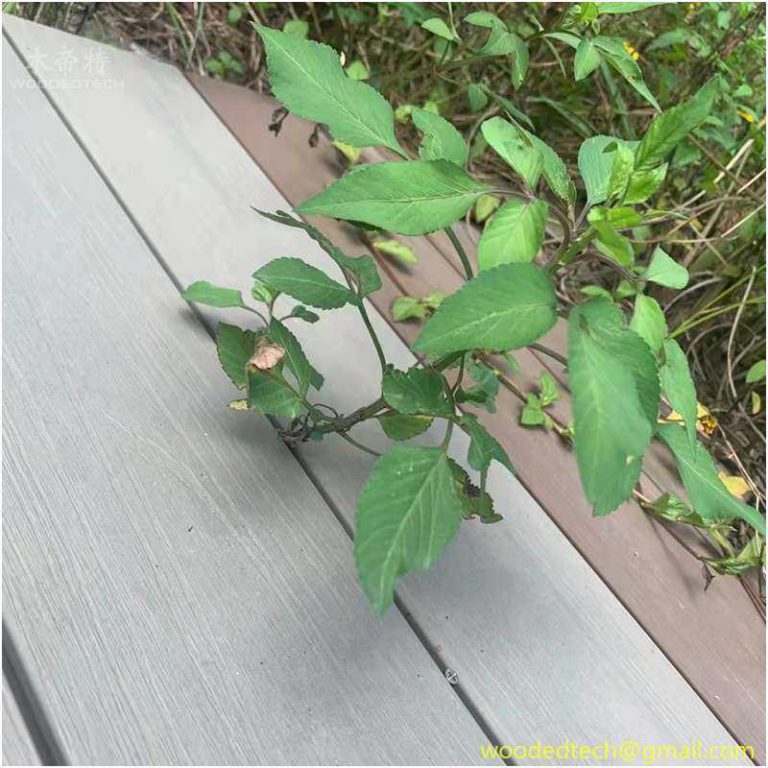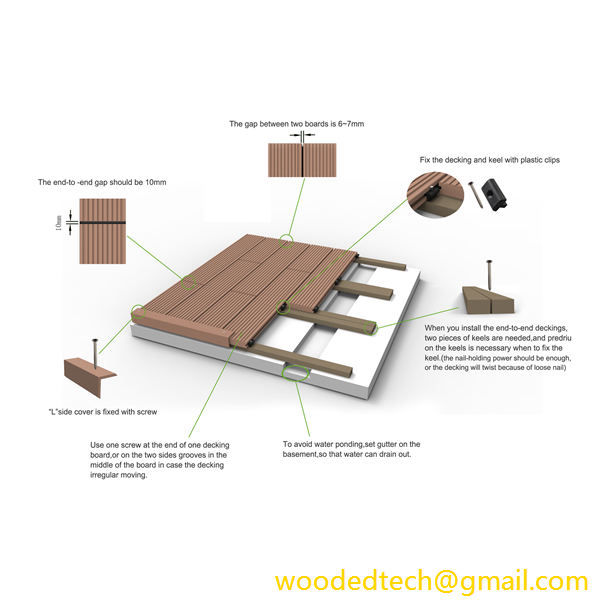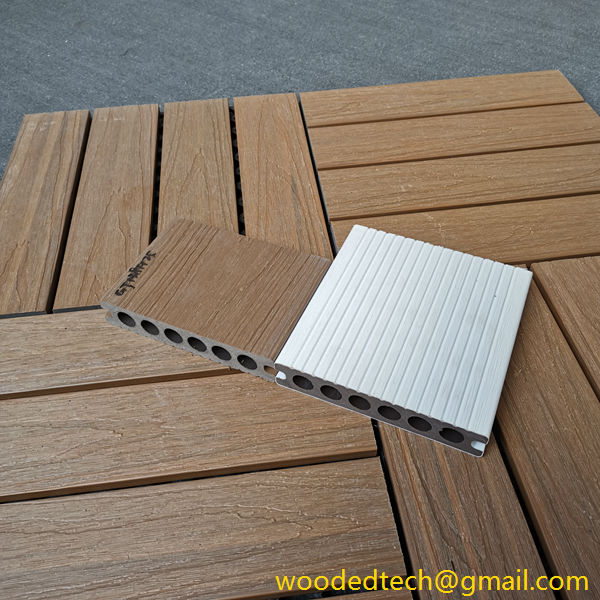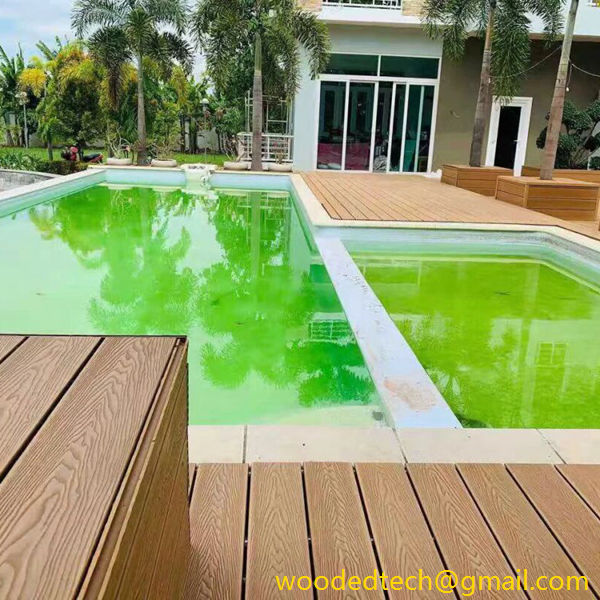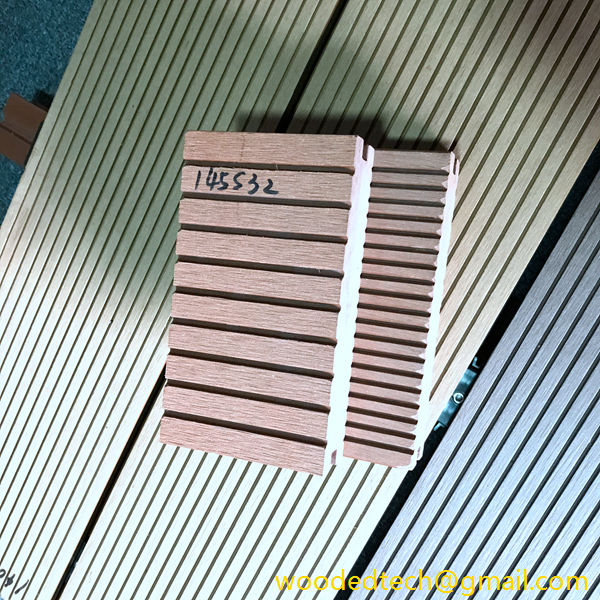The Latest Trends in WPC Exterior Design for Modern and Sustainable Home Architecture
Wood Plastic Composite, commonly referred to as WPC, has emerged as a leading material in the realm of exterior design for modern and sustainable home architecture. This innovative composite combines the natural aesthetic of wood with the durability and low maintenance properties of plastic, making it an ideal choice for homeowners and architects alike. The latest trends in WPC exterior design reflect a growing emphasis on sustainability, functionality, and aesthetic appeal, driven by a global shift towards greener building practices and the pursuit of cost-effective solutions.
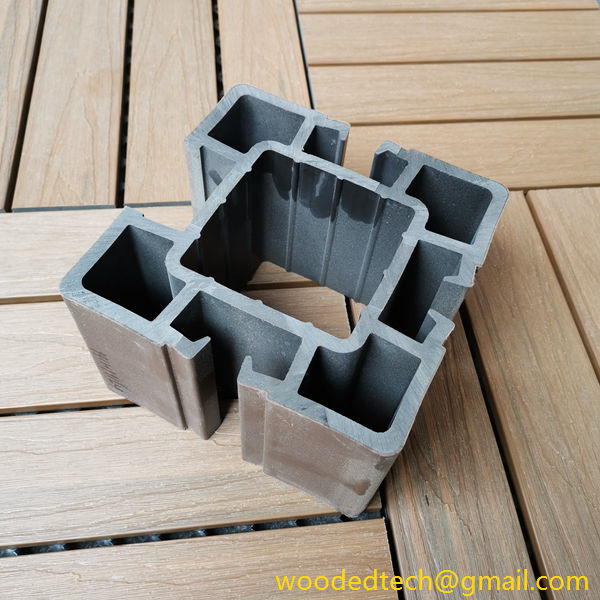
One of the most significant trends in WPC exterior design is the increasing awareness of sustainable materials. As environmental concerns continue to rise, consumers are seeking products that not only look good but also contribute to a healthier planet. WPC is made from recycled wood fibers and plastic, reducing the need for virgin materials and minimizing waste. This eco-friendly approach appeals to a wide range of homeowners who are committed to sustainability. Additionally, WPC products are often designed to be long-lasting and resistant to the elements, which further enhances their appeal as a sustainable choice. The durability of WPC means that it can withstand harsh weather conditions without warping, splintering, or fading, thus reducing the need for frequent replacements and maintenance.
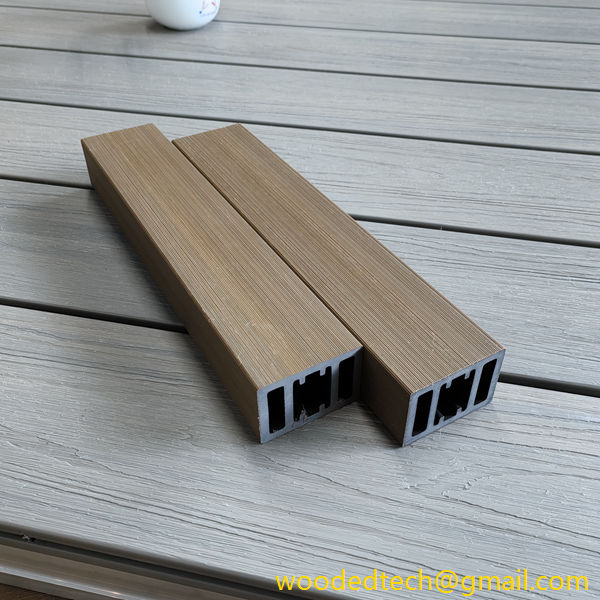
From a global production capacity perspective, WPC has seen a significant increase in manufacturing facilities worldwide. Countries with access to abundant natural resources, such as timber and plastic waste, have become key players in the WPC market. Regions like North America and Europe are leading the charge with advanced production technologies and a strong commitment to sustainability. As production capacity expands, economies of scale come into play, resulting in lower prices for consumers. This price advantage makes WPC an attractive option for homeowners looking to balance quality and cost in their exterior design choices.
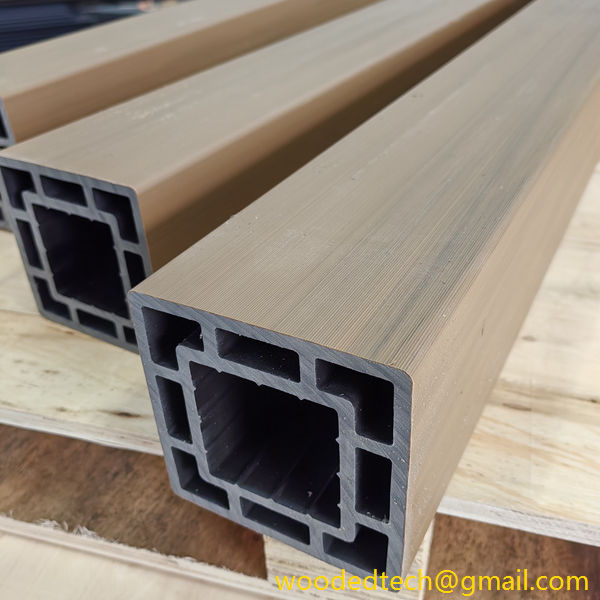
In terms of design trends, the versatility of WPC allows for a wide range of applications in exterior architecture. Homeowners are increasingly opting for WPC decking, cladding, and fencing as they seek to create seamless transitions between indoor and outdoor spaces. The natural look and feel of WPC can mimic the appearance of traditional wood while offering superior performance. Furthermore, advancements in manufacturing processes have enabled the production of WPC products in various colors and textures, allowing homeowners to customize their designs to fit their personal style and architectural vision.
Another trend gaining traction is the integration of technology into WPC products. Smart home technology is becoming a standard feature in modern architecture, and WPC manufacturers are beginning to incorporate these advancements into their offerings. For instance, some WPC decking options now come with built-in lighting solutions, enhancing outdoor spaces and allowing for extended usability during the evenings. Additionally, innovative coatings and treatments can be applied to WPC surfaces to enhance resistance to stains, scratches, and UV fading, further increasing the longevity of these materials.
The aesthetic appeal of WPC is also driving its popularity in contemporary home design. Homeowners are drawn to the sleek, modern look that WPC can provide, allowing for clean lines and a polished finish. The wide array of colors and textures available means that architects and designers can easily incorporate WPC into various architectural styles, from minimalist to rustic designs. This adaptability is crucial in a market where consumer preferences are continually evolving.
Moreover, the price advantage of WPC compared to traditional building materials cannot be overlooked. As production techniques improve and competition within the market increases, the cost of WPC has become more accessible for the average consumer. This financial feasibility allows homeowners to invest in high-quality exterior materials that meet their aesthetic and functional needs without breaking the bank. The combination of affordability and sustainability positions WPC as a frontrunner in the exterior design market.
In conclusion, the latest trends in WPC exterior design reflect a growing commitment to sustainability, versatility, and technological integration in modern home architecture. The global production capacity of WPC has expanded significantly, leading to price advantages that make it an attractive option for homeowners. As the demand for eco-friendly materials continues to rise, WPC stands out as a practical choice that does not compromise on aesthetics or performance. With its ability to enhance the beauty and functionality of outdoor spaces, WPC is poised to play a pivotal role in shaping the future of sustainable home design.

